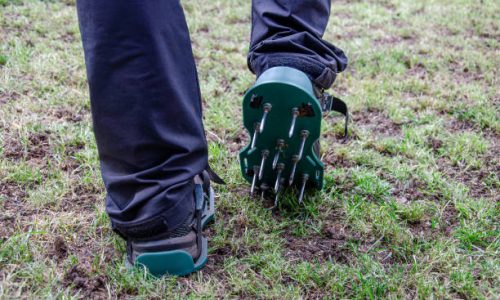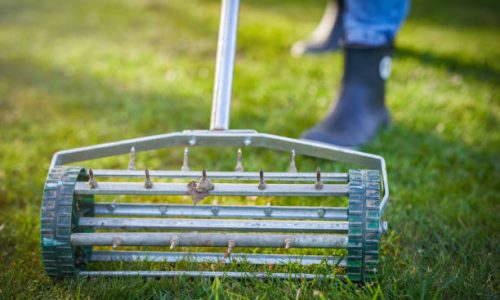This guide equips you with the knowledge and tools to become a Lawn Aeration detective and solve the mystery of compacted soil. By understanding the benefits of lawn aeration and implementing these simple techniques, you can breathe new life into your green haven and restore its lushness.
Over time, our beloved lawns can become victims of a silent strangler – compacted soil. Here’s how compaction occurs and its detrimental effects:
Just like humans need air to breathe, so do your lawn’s grass roots! Here’s how aeration helps revitalize your lawn:


Now that you understand the importance of aeration, let’s explore some popular techniques to suit your needs and lawn size:
Let’s illustrate the power of aeration with a real-life scenario:
The Scenario: Mark notices a large patch of his lawn struggling. The grass is thin and brown, and water seems to run off the surface instead of soaking in. He suspects compacted soil might be the culprit.
